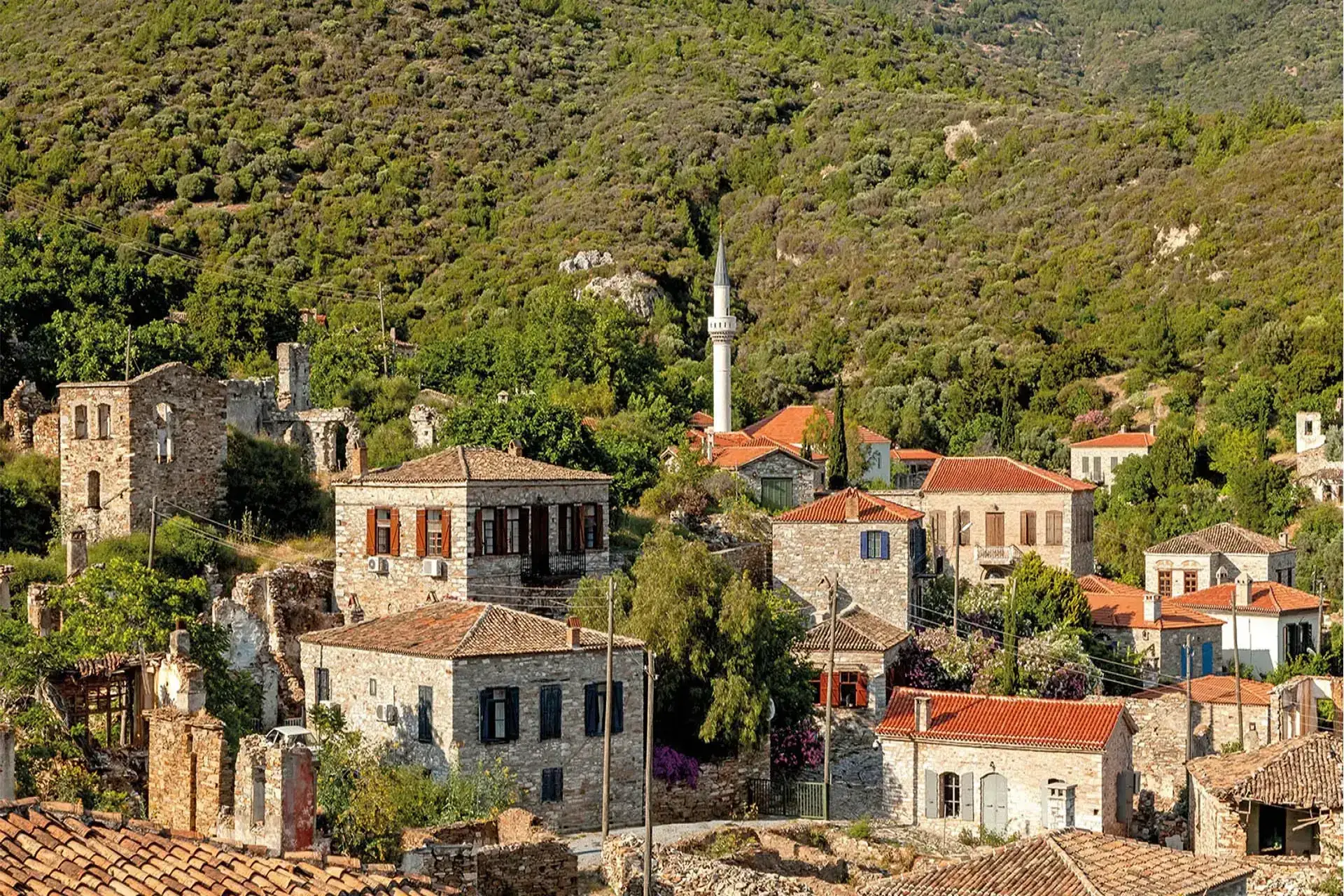
Soke Guide
It is 54 km west of Aydın. It is one of the important settlements of the central coastal region of the Aegean Sea, full of historical and natural beauties. The city, which was founded near the Büyük Menderes river, is located on the northern shore of the alluvial plain in a wide plain. The district is the agriculture, trade, tourism and capital center of the region consisting of Kuşadası, Didim and Miletus. Famous cities of ancient times such as Miletus, Prien, Didim are near the district. As a result of this settlement, which started in BC, the high level of economy, culture and art activities of the region have been traditionalized and continued until today.
It is said that towards the end of the Byzantine rule, around 1300, Aydın Bey brought Turkmen tribes here and founded Söke on behalf of the grandfather of Süleyman Şah, the head of one of these tribes. Söke, which was the center of the Menteşe Principality in 1426, remained the center of the Menteşe Sanjak during the Ottoman period. In the early 18th century, it was the center of Siğla Sanjak and in 1868 it was connected to Aydın.
Ruins - Priene (Güllübahçe - Söke)
Priene: It is near the town of Güllübahçe in Sökenin. Excavation and research activities are being carried out by the German Archaeological Institute in Priene. Our knowledge about the first foundation of the city, which dates back to the 2nd millennium BC, is still based on assumptions. During the Hellenistic period, the city came under the rule of the Ptolemaic and Seleucid Kingdoms and the Kingdom of Pergamum. After the death of King Attalus II of Pergamum in 133 BC, his lands were voluntarily annexed to Rome and Priene came under Roman rule. During the Byzantine period the city was a bishopric. Evidence proves that settlement continued until the fall of the Empire. At the end of this period, Priene was completely abandoned.
Priene is the best example of ancient city planning. The city was built with the “grid system” developed by the architect Hippodamus of Miletus. (One of the statues at the entrance to the City Hall in New York City is of Hippodamus and has the following inscription underneath - NEW YORK CITY PLAN IS EXAMPLE OF Hippodamus' CITY PLAN FOR PRIENE - The side streets of the city, which are usually 3.5 meters wide, have stairs due to the sloping terrain. The official and other public buildings usually occupy an entire block and are located in the city center. These include the well-preserved Temple of Athena (4th century BC), the Theater, the Agora, the Temple of Zeus Olympos, the Bouleuterion (150 BC), 2 Gymnasiums and the sanctuary of Demeter. The city has three gates, one in the west and two in the east. The “East Gate”, the main entrance gate of Priene, is located on the north-east of the Theater street, which can be reached after a long slope made of stone pavement.
For accommodation suggestions, you can check our Soke Hotels page.

